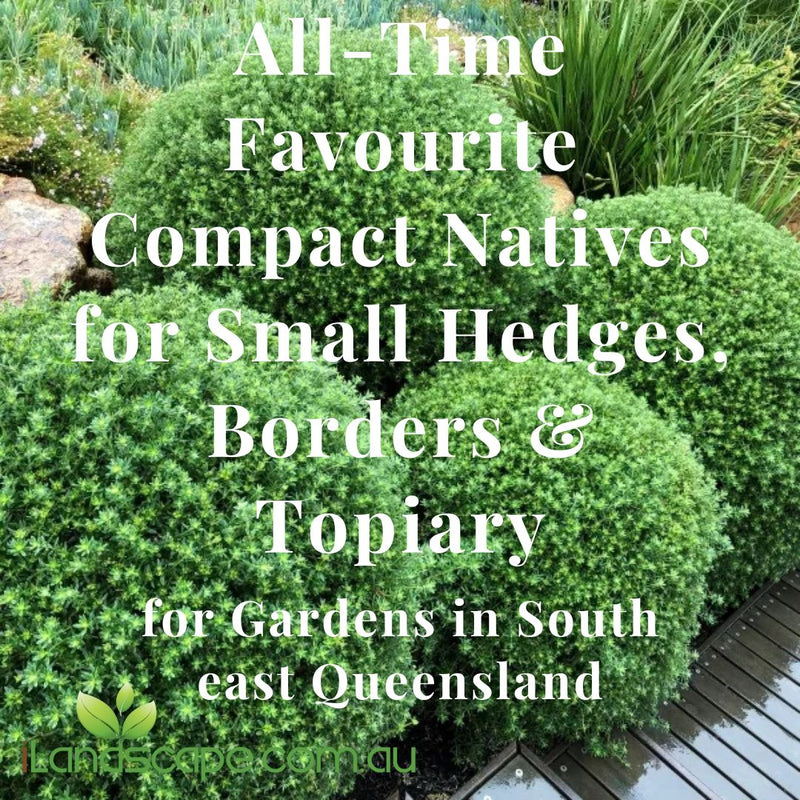Olive frantoio Heritage
Description:Olive frantoio Heritage is a highly regarded evergreen olive tree cultivar, known for its excellent oil production and attractive form. Native to Tuscany, Italy, this olive variety is prized for its high-quality fruit and oil, as well as its ornamental value. The tree has a compact, rounded habit with silvery-green foliage that creates a Mediterranean feel in gardens. Suitable for both commercial and home orchards, Frantoio is renowned for being highly productive and easy to grow in a range of climates, particularly in warm, dry areas.
Flowers:In spring, Olive frantoio Heritage produces small, fragrant, creamy-white flowers in clusters along the branches. These flowers are important for fruit set, and although they are not highly ornamental, they add a delicate beauty during the blooming season. The flowers are self-pollinating but benefit from cross-pollination with other olive varieties for improved fruit production.
Foliage:The tree's narrow, lance-shaped leaves are silvery-green, creating a soft, shimmering effect in the landscape. The evergreen foliage provides year-round interest, with the leaves appearing glossy on the upper surface and slightly paler underneath. The dense canopy makes it ideal for use as a feature tree or in hedges.
Fruit:Olive frantoio Heritage produces medium-sized, oval-shaped olives that ripen from green to a rich, dark purple-black. The fruit is highly valued for its rich, aromatic oil, which is considered one of the finest for olive oil production. The olives can also be used for table consumption if desired, though the variety is mainly known for its oil.
Form and Size:This olive tree typically grows to around 4-8 meters in height, with a similar spread. Its rounded, bushy form makes it an attractive ornamental tree for gardens, while its compact size is well-suited for smaller spaces or commercial orchards. With regular pruning, the tree can be kept to a manageable size for harvesting.
Growing Conditions:Olive frantoio Heritage thrives in full sun and well-drained soils, particularly in warm, Mediterranean climates. It is drought-tolerant once established and performs well in a variety of soil types, including sandy, loamy, and even slightly alkaline soils. This variety is also frost-tolerant, making it adaptable to cooler climates, although it prefers warmer growing conditions for optimal fruit production.
Uses:This versatile tree is perfect for home orchards, olive groves, or as a feature plant in Mediterranean-style gardens. It is grown primarily for its high-quality olive oil, which has a fruity, peppery flavor and is considered one of the best for culinary use. The tree’s ornamental value also makes it suitable for use in landscape design, where its silvery foliage can add texture and contrast to garden plantings.
Maintenance:Low-maintenance and hardy, Olive frantoio Heritage requires regular watering during the establishment period but becomes drought-tolerant once mature. Light annual pruning is recommended to maintain its shape and encourage healthy fruit production. Fertilize with a balanced fertilizer in spring to support growth and fruiting. Ensure good air circulation around the tree to prevent fungal diseases, especially in humid climates.
Notes:Olive frantoio Heritage is renowned for its productivity and the exceptional quality of its oil. It is well-suited to both commercial olive production and home gardening, providing both a reliable fruit crop and ornamental appeal. Regular pruning and care will ensure it remains productive and healthy for years.
Companion Plants:Pairs well with other Mediterranean plants like Lavandula, Rosemary, and Cistus. It also works beautifully in combination with drought-tolerant plants like Agave and Aloe for a Mediterranean or xeriscape garden design.
Common Name: Frantoio OliveBotanical Name: Olea europaea 'Frantoio'Family: OleaceaeOrigin: Tuscany, Italy


